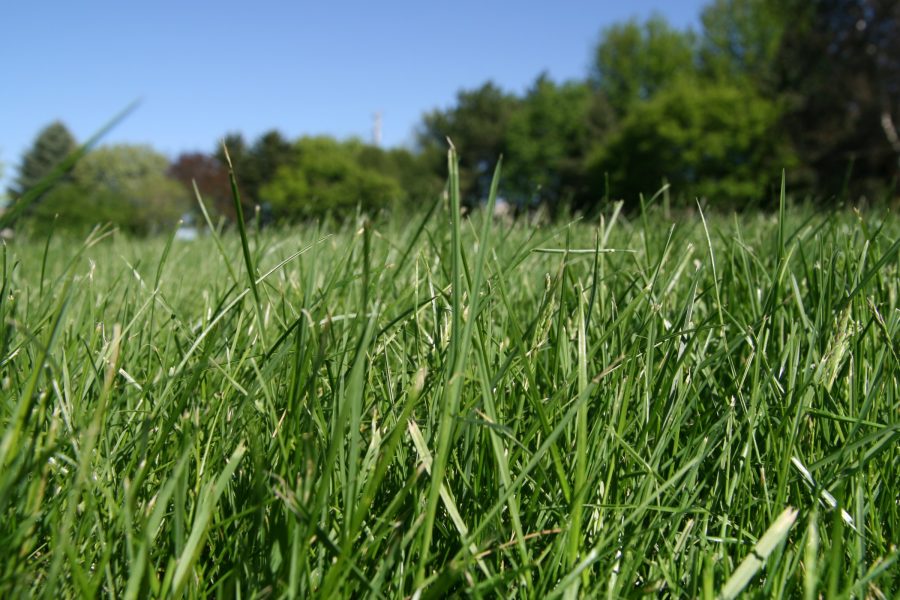Continuing Education Hours: Claim 2 hours if you watch the videos, do the readings, and the five Mystery Trees. Claim 2.5 hours if you do all of the above plus the five Challenge Mystery Trees.
This Plants Plus focuses on tree identification practice- and a history lesson! In this unique module, you’ll get introduced to the history of important trees in our region using tree identification concepts.
You’ll learn to:
- Identify opposite/alternate branching
- Identify simple and compound leaves
- Follow a simple dichotomous key
- Appreciate the history behind common Wisconsin trees
WATCH: How Trees Built the Midwest
Visit this link to watch the video: https://www.facebook.com/pbswi/videos/3189326197784886/
- Presenter: Dr. Jay Dampier, University of Wisconsin-Madison Division of Extension
- Presented at Garden Expo 2020
- Video is ~57 minutes long
READ, WATCH, DO
First step: Botanical Terms
In this section, we’re going to review some important botanical terms mentioned in the video. These terms are important to be comfortable with when you go to identify a tree. Read the following:
- Tree ID Important Terms, UW-Stevens Point LEAF Tree Identification Program
- Terms to pay attention to: conifer and broadleaf tree; alternate and opposite branching; simple or compound leaf; leaflet; lobe
- Compound Leaf or Simple Leaf? Cofrin Center for Biodiversity, UW-Green Bay
- Avoid the common mistake of mistaking the leaflet of a compound leaf for a simple leaf. The above webpage helps explain the difference in more detail. When in doubt, find the bud!
Second step: Dichotomous Key
In this section, you’ll learn how to use a dichotomous key. You may have done this in your initial Master Gardener Training way back when or perhaps you use it in your volunteer work… or you may have never used one before! As a quick refresher, a dichotomous key is a tool that uses botanical characteristics (that you identify) to help correctly identify a tree species. Watch the two videos below for a quick introduction.
- Dichotomous Key Playlist on YouTube
- Combined video length ~10 minutes
Third Step: Practice Using a Dichotomous Key
You will now use a simplified dichotomous key to practice identifying trees. The main point of this exercise is to practice the process of using it. To earn the two hours of continuing education, you must submit an answer for each of the following Mystery Trees below. Each Mystery Tree include pictures of tree parts AND identifying botanical characteristics. Try to use only the pictures to identify the relevant botanical characteristics. If you need them, the characteristics are there to help.
Instructions: Open the Simplified Dichotomous Key (linked below). You will use the Simplified Dichotomous Key to solve each Mystery Tree. Open up the Mystery Tree and use the information provided (pictures and characteristics) to go through the Simplified Dichotomous Key to find the answer. If you have questions about how to use the key, please refer back to the videos. You will need to jump back and forth between the key and the Mystery Tree. Note: Once you Submit each answer, you have the option to View Score. That will give you the correct tree identification so you can see if you were successful. If you weren’t on the first try, it’s ok! You can always try again.
Simplified Dichotomous Key– You can open this in a new tab or download it if you wish to print.
CHALLENGE: FOR AN EXTRA HALF HOUR OF CE
If you would like to challenge yourself in a more realistic way, here’s the section for you! To earn a bonus half hour of continuing education, you must submit an answer for each of the Challenge Mystery Trees below. You will also be using a different online dichotomous key from Iowa State University Extension. The idea is the same: you pick between the options and the website advances you along. What is really important with this is to take your time investigating the pictures. When using the online dichotomous key, you can always hit the “back” button in your web browser if you’d like to return to the previous set of questions and change your answer.
Instructions: Open the Online Dichotomous Key. You will use the Online Dichotomous Key to solve each Challenge Mystery Tree. Open up the Challenge Mystery Tree and use the information provided (pictures) to go through the Online Dichotomous Key to find the answer. In the Online Dichotomous Key, you click on the characteristic that the tree exhibits and the Key advances you automatically to the next question. You will need to jump back and forth between the key and the Challenge Mystery Tree. If you need a little help, the botanical characteristics of the trees are linked below. Note: Once you Submit each answer, you have the option to View Score. That will give you the correct tree identification so you can see if you were successful. If you weren’t on the first try, it’s ok! You can always try again.
Online Dichotomous Key– click the Start maple leaf to begin.
**If you need a little help, take a look at the botanical characteristics of the Challenge Mystery Trees.**
Report your continuing education hours in the Online Reporting System.

 Ornamental Grasses for Wisconsin
Ornamental Grasses for Wisconsin


